![]() 25 Jun 2024
25 Jun 2024
The British largely dominate the historical records of the 1857 events, painting the rebels in a negative light. The perspective of the rebels, mainly illiterate sepoys and commoners, is limited, with only a handful of proclamations and ishtahars providing insight.
Religious Harmony: The rebellion reached out to both Hindus and Muslims, emphasizing unity against the British.
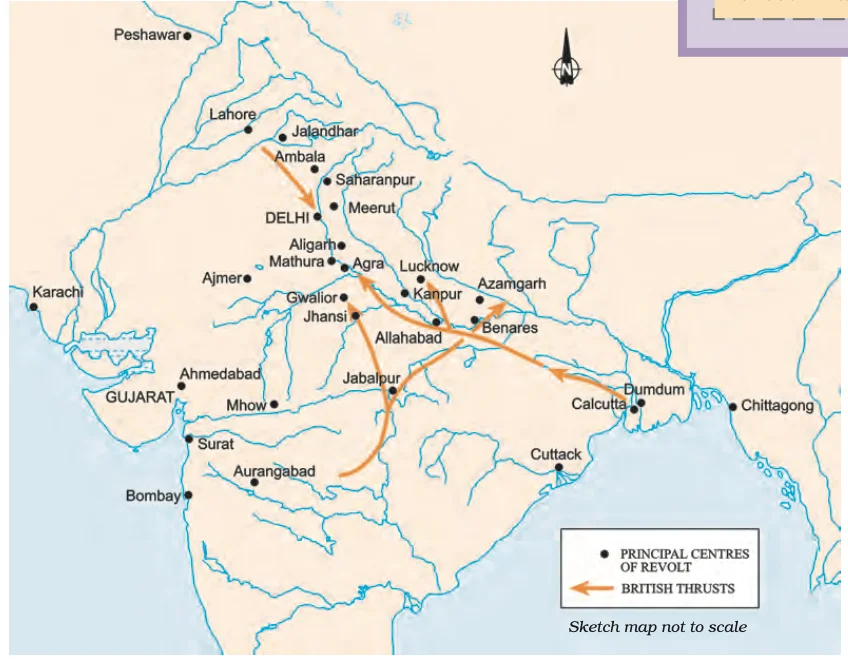
The Plight of Zamindars: The British imposed heavy revenue demands and disrespected the zamindars.
A Historical Overview: Sepoys looked back at their long-standing service under the British.
Restoring Previous Power Structures: Following the collapse of British rule in certain areas, rebels aimed to reinstate pre-British systems, reminiscent of the 18th-century Mughal era.
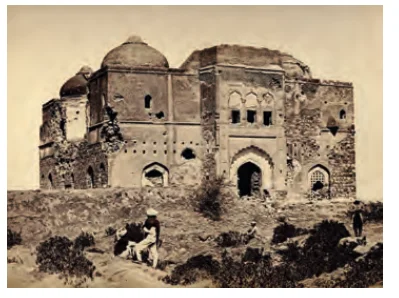
The Challenge for the British:The Intensity of the Rebellion was so profound that the British faced immense difficulty in suppressing the 1857 revolt.
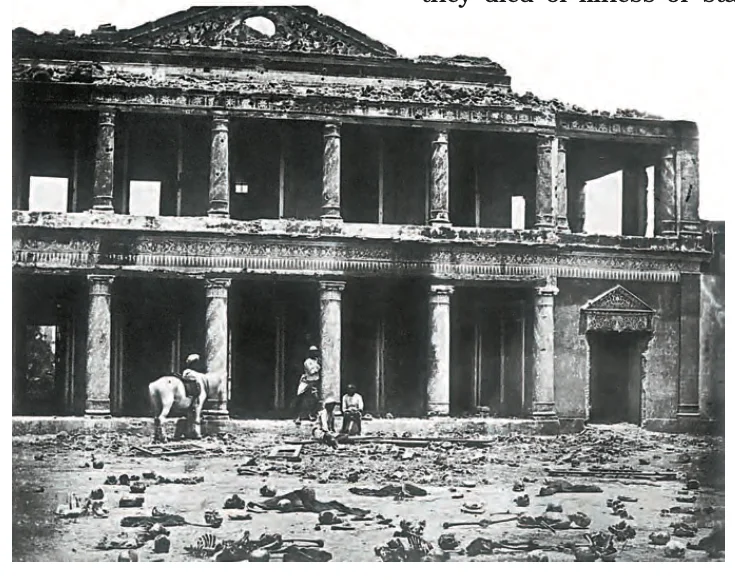
Two-Pronged Approach: Realizing Delhi’s symbolic significance, the British launched dual attacks, one from Calcutta heading to North India and another from the comparatively calm Punjab region.
Slow Advancements: The British found it challenging to regain territories in the Gangetic plain, necessitating a village-by-village approach.
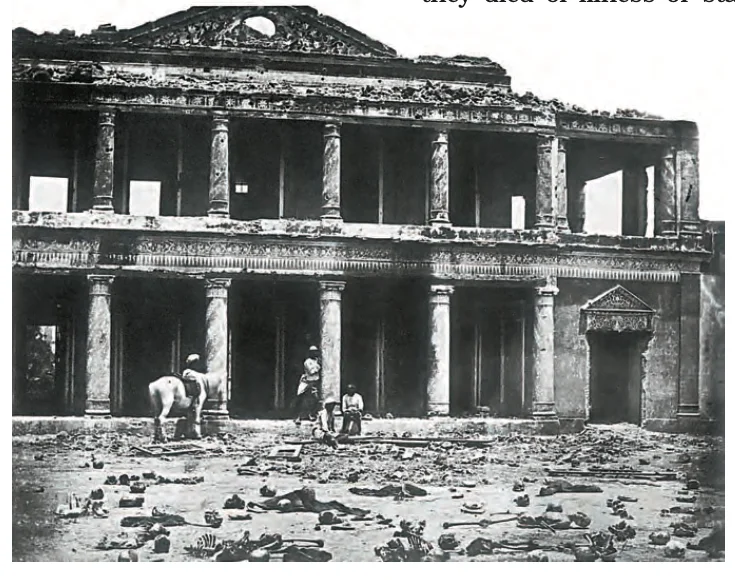
Utilization of Massive Military Might: The British deployed extensive military resources.
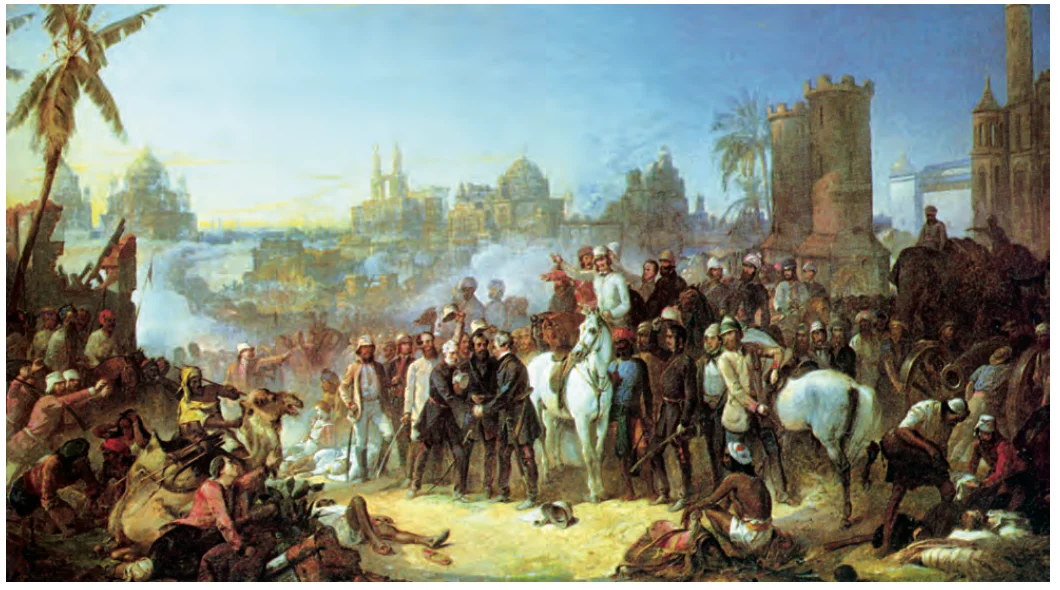
| Must Read | |
| Current Affairs | Editorial Analysis |
| Upsc Notes | Upsc Blogs |
| NCERT Notes | Free Main Answer Writing |
Beyond grievances, the rebels aspired for religious harmony and a return to pre-British systems. The Azamgarh Proclamation highlighted exploitation by the British. The rebels, including sepoys, sought to restore Mughal-era structures but ultimately faced brutal British suppression.
| Related Articles | |
| MUGHAL PERIOD (1526-40 AND 1555-1857) | Indian Defence Estates Service (IDES) |
| RISE OF AVADH (1722- 1858) | Relations of British India with Neighboring Countries: Geopolitics & Diplomacy |
<div class="new-fform">
</div>